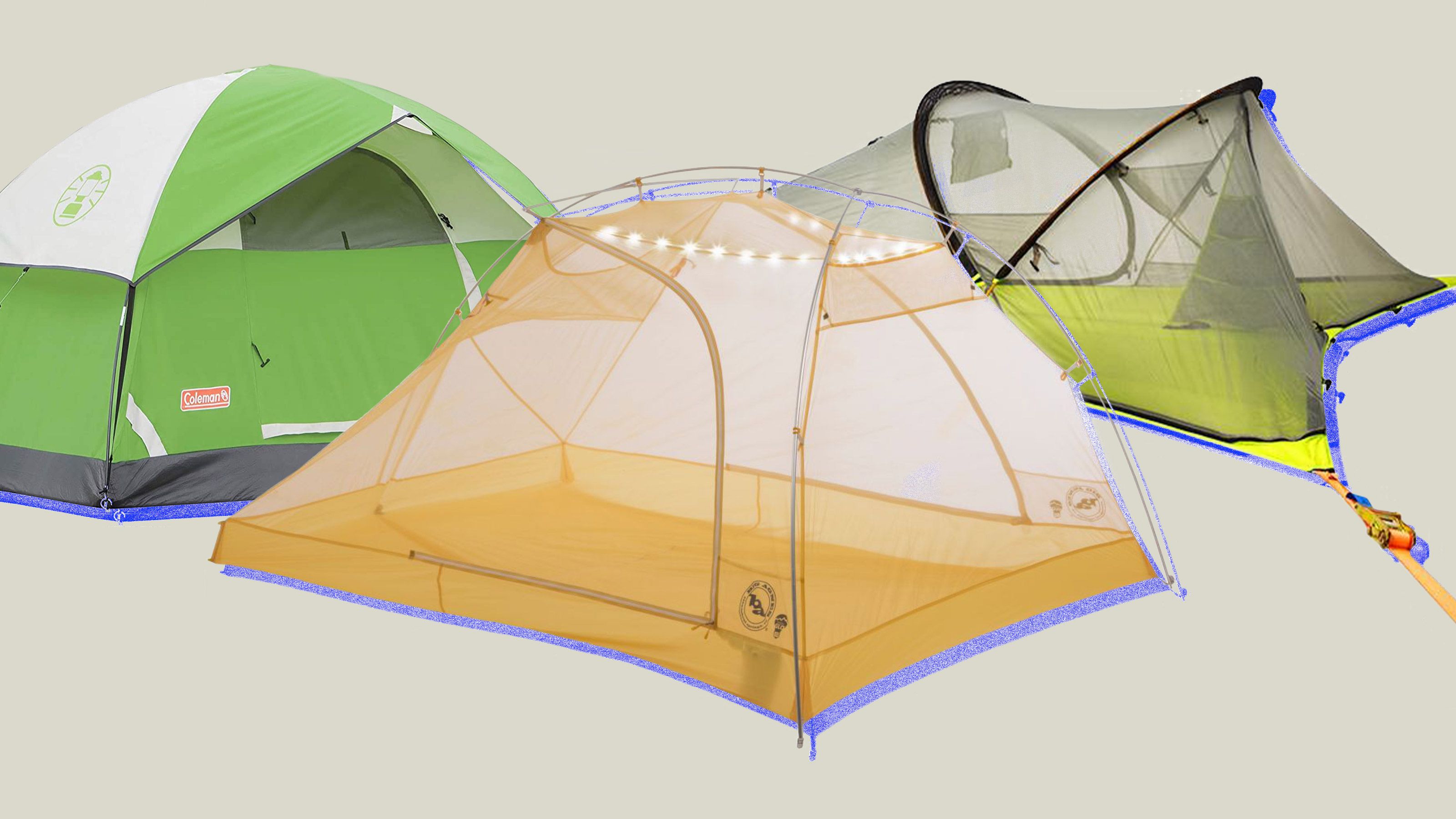
There are more than 60,000 thatched roofs in the United Kingdom and over 150,000 in the Netherlands. Thatch is popular in the United Kingdom, Germany, The Netherlands, Denmark, parts of France, Sicily, Belgium and Ireland. There are approximately 1,000 full-time thatchers at work in the UK, and thatching is becoming popular again because of the renewed interest in preserving historic buildings and using more sustainable building materials. Thatch has become much more popular in the UK over the past 30 years, and is now a symbol of wealth rather than poverty.
Alpine design tent sleeps 10 professional#
Gradually, thatch became a mark of poverty, and the number of thatched properties gradually declined, as did the number of professional thatchers. A 2013 report estimated that there were 60,000 properties in the UK with a thatched roof they are usually made of long straw, combed wheat reed or water reed. Still, the number of thatched properties actually increased in the UK during the mid-1800s as agriculture expanded, but then declined again at the end of the 19th century because of agricultural recession and rural depopulation. Commercial distribution of Welsh slate began in 1820, and the mobility provided by canals and then railways made other materials readily available. In most of England, thatch remained the only roofing material available to the bulk of the population in the countryside, in many towns and villages, until the late 1800s. French and British settlers built temporary thatched dwellings with local vegetation as soon as they arrived in New France and New England, but covered more permanent houses with wooden shingles. Evidence of the many complex buildings with fiber-based roofing material was not rediscovered until the early 2000s.
Alpine design tent sleeps 10 skin#
The first Americans encountered by Europeans lived in structures roofed with bark or skin set in panels that could be added or removed for ventilation, heating, and cooling. It is common to spot thatched buildings in rural areas of the Yucatán Peninsula as well as many settlements in other parts of Latin America, which closely resemble the method of construction from distant ancestors. Many indigenous people of the Americas, such as the former Maya civilization, Mesoamerica, the Inca empire, and the Triple Alliance (Aztec), lived in thatched buildings. People probably began to use straw in the Neolithic period when they first grew cereals-but once again, no direct archaeological evidence of straw for thatching in Europe prior to the early medieval period survives.

and Schoenoplectus lacustris) was probably used to cover shelters and primitive dwellings in Europe in the late Palaeolithic period, but so far no direct archaeological evidence for this has been recovered. Wild vegetation such as water reed ( Phragmites australis), bulrush/cat tail ( Typha spp.), broom ( Cytisus scoparius), heather ( Calluna vulgaris), and rushes ( Juncus spp.

Sugar cane leaf roofs are used in Kikuyu tribal homes in Kenya.

In Bali, Indonesia, the black fibres of the sugar palm, called ijuk, is also used as thatching material, usually in temple roofs and meru towers. In Southeast Asia, mangrove nipa palm leaves are used as thatched roof material known as attap dwelling. Alang-alang ( Imperata cylindrica) thatched roofs are used in Hawaii and Bali. Feathered palm leaf roofs are used in Dominica. For example, in Na Bure, Fiji, thatchers combine fan palm leaf roofs with layered reed walls. The multi-tiered Meru towers of the Besakih temple in Bali are thatched with black ijuk fibres


 0 kommentar(er)
0 kommentar(er)
